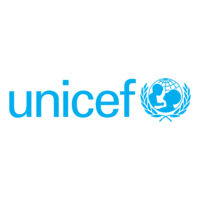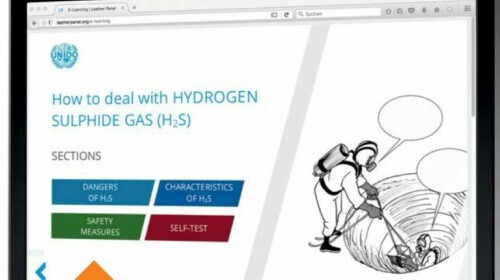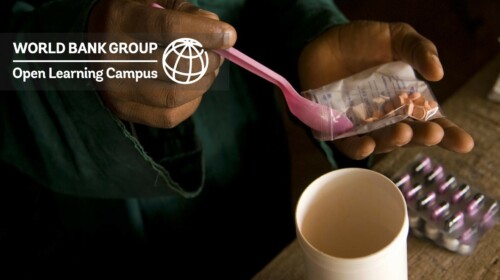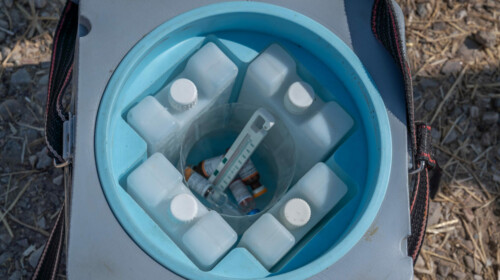Immunization plays a critical role in achieving global health goals. However its broader value is still underestimated. Sometimes it is also underappreciated, especially when Adverse Events Following Immunization (AEFI) occur. This AEFI Communication eLearning course aims to help Immunization Partners and their counterpart Government Officials to identify a public health concern that arises from immunization, gauge its potential impact, and design and manage an appropriate communication response. The course content comprises basic communication preparedness and response concepts, approaches and tools. It has been produced in collaboration with WHO and CDC to ensure highest quality standards, extending the already ongoing WHO & UNICEF Immunization e-learning initiative.
Target Audience
The course is intended for immunization partners and EPI/C4D staff on vaccine safety communication preparedness and responding to AEFI. The course is available publicly, and to countries using innovative and affordable technologies.
Learning Objectives
The broad objective is to support immunization partners and EPI/C4D staff to have better communication preparedness and response capacity to address safety concerns at national and sub-national levels. At the end of this eLearning communication course, the participants will be able to adequately:
- Explain AEFI and possible scenarios.
- Match possible AEFI scenarios to a local context.
- Define preparedness approaches.
- Identify processes and tools used to design, roll out and monitor an AEFI communication response.
- Describe and apply the communication components, techniques, IPC capacity, partnerships and steps involved in managing a crisis.








